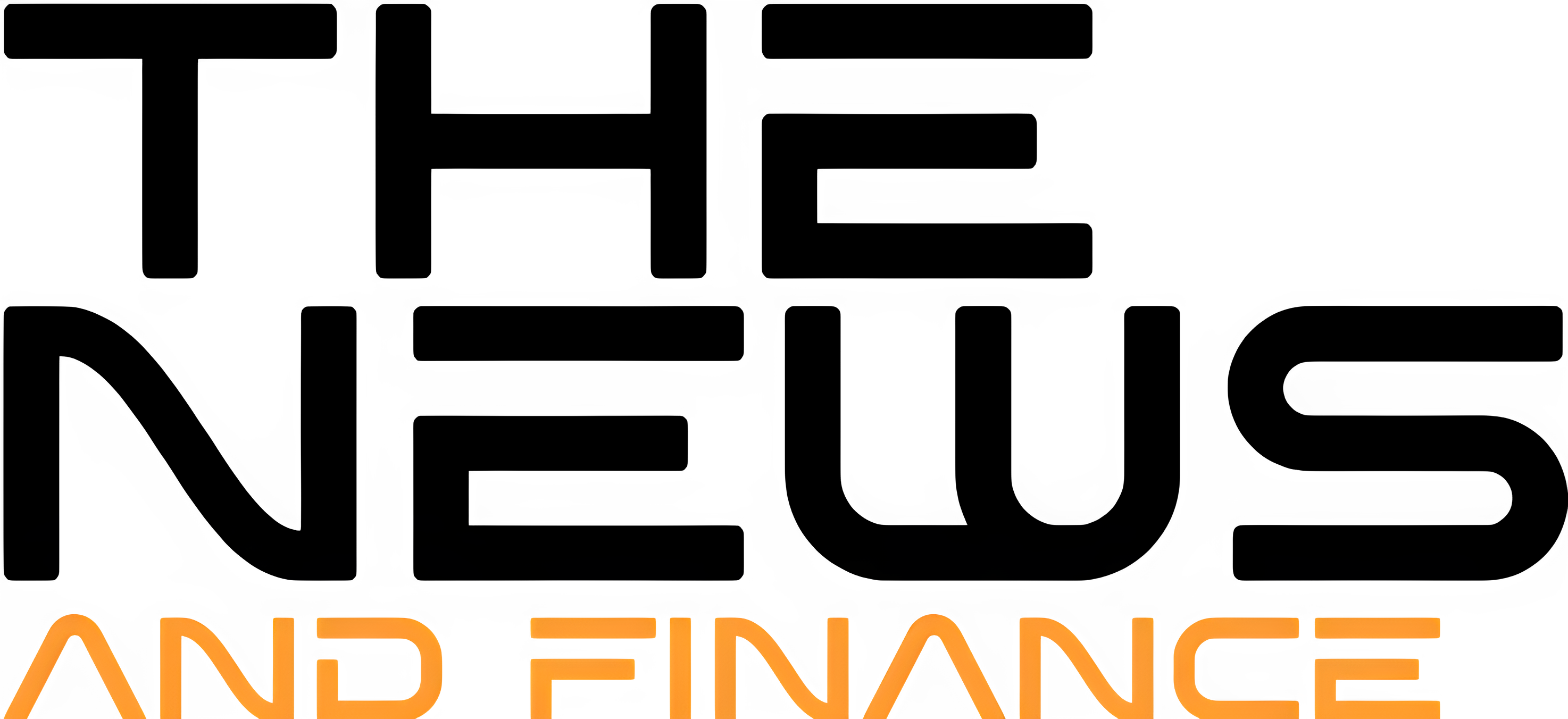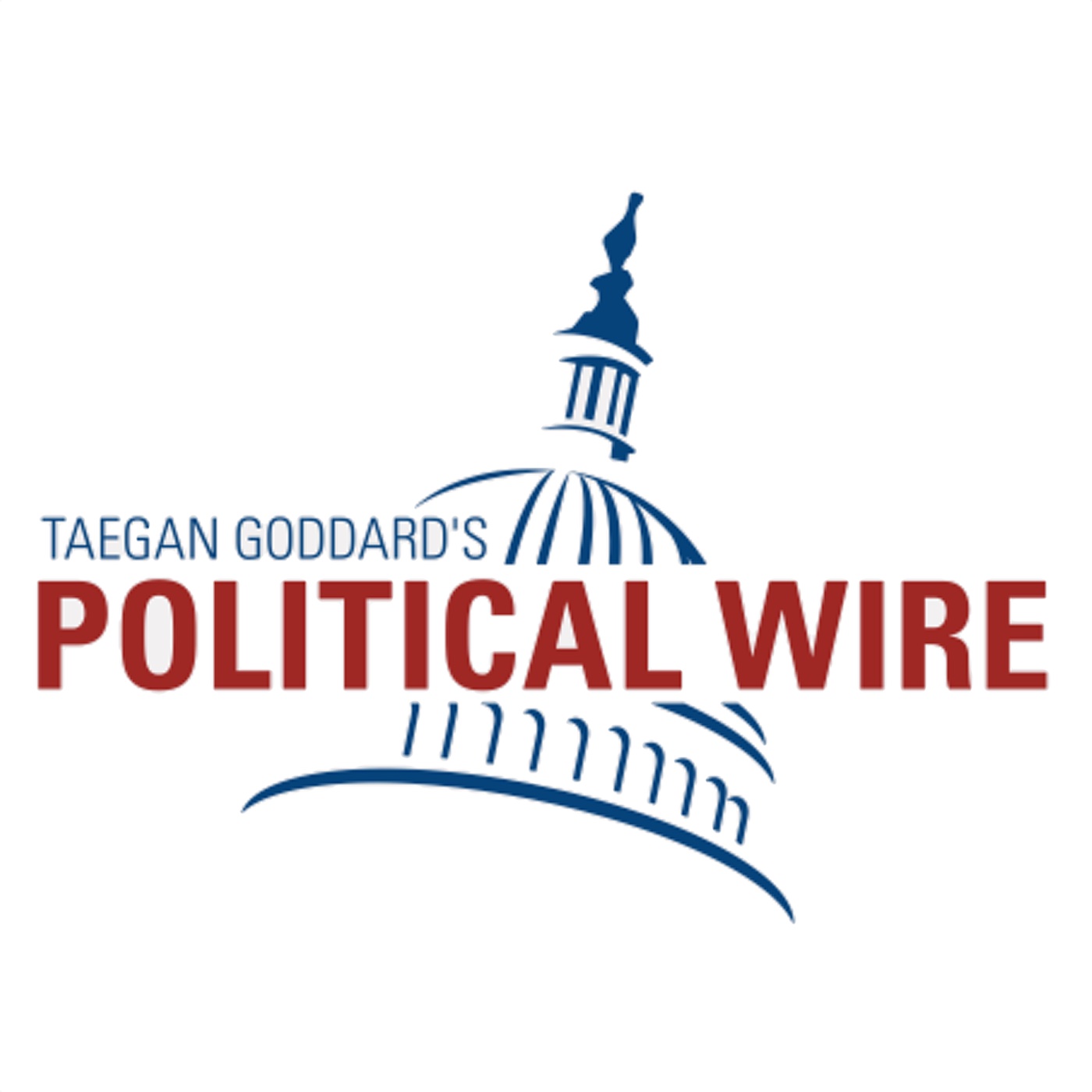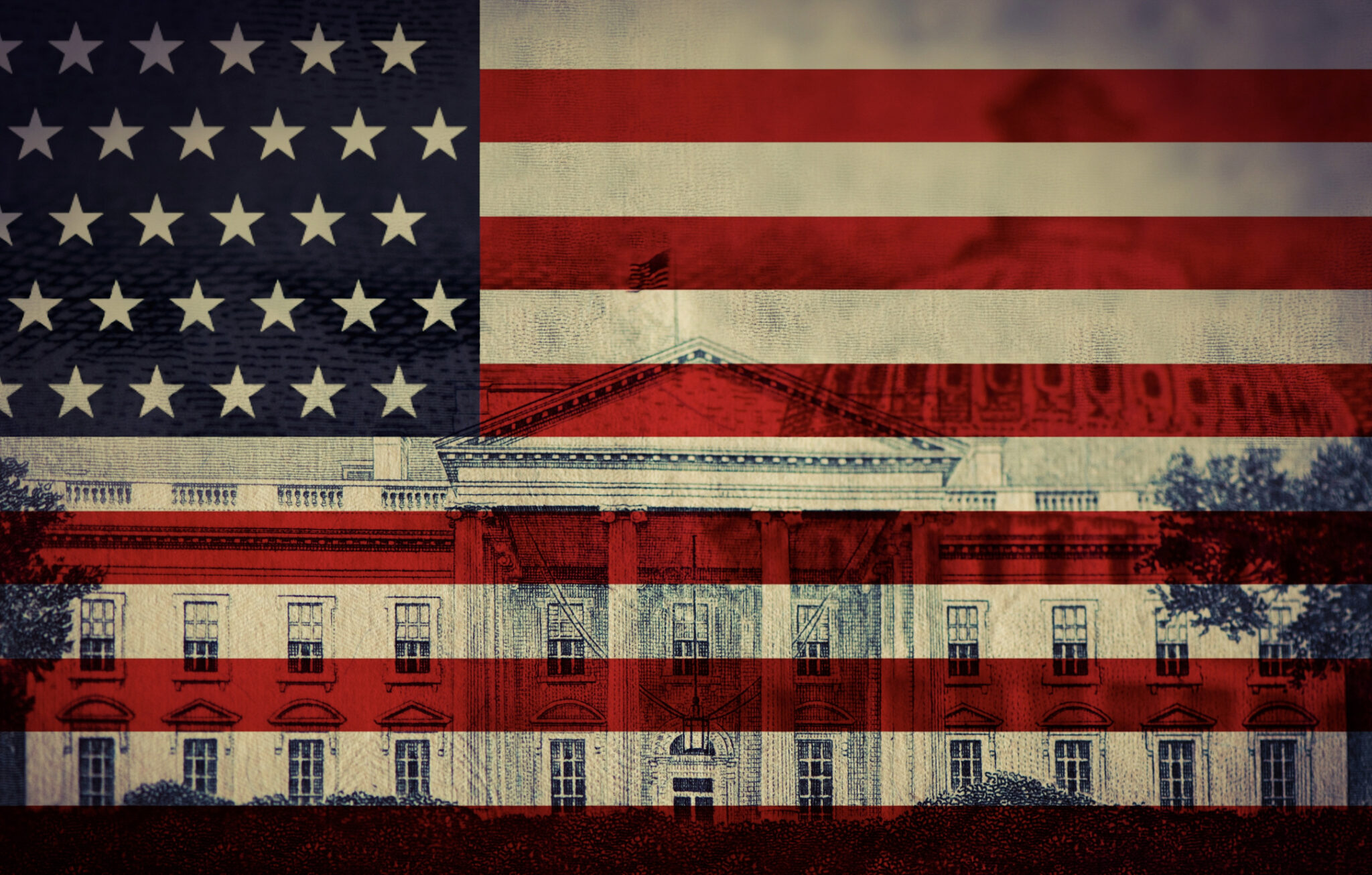CIPHER BRIEF REPORTING – As U.S. Authorities Executives are working to implement the Biden Administration’s new Govt Order on Synthetic Intelligence, (AI) they don’t seem to be solely grappling with the worldwide influence of the world-changing expertise however they’re doing it whereas dealing with a variety of threats to U.S. companies and nationwide safety, threats predominantly originating from China.
“The breakneck pace at which AI is evolving and spewing out improvements,” famous CISA Govt Director Eric Goldstein through the Cyber Initiatives Group Winter Summit this week, brings with it “some actual dangers that we’re going to unlearn a few of the classes of the previous few a long time” on tips on how to securely develop and deploy software program.
The U.S. is main a world effort of presidency company companions together with the Cybersecurity and Infrastructure Safety Company (CISA), the Federal Bureau of Investigation (FBI), the Nationwide Safety Company (NSA) and companies all over the world, to create a baseline to “develop, design, preserve, and deploy AI programs”, in keeping with Goldstein, “within the most secure manner attainable”. That implies that slightly than loosening safety requirements for AI, as some have instructed, the expertise calls for “a larger stage of scrutiny, safety, and management” to make sure the dangers of unauthorized entry or use are successfully managed.
FBI Deputy Assistant Director for Cyber Cynthia Kaiser agrees, saying on the similar summit that the Bureau is utilizing AI in two distinct methods. First, is the acquainted defensive job of warding off cyber threats, an space of danger that has solely been made stronger and complicated by the capabilities AI brings to the desk. However there’s one other protecting side that AI conjures up, and that’s shielding American AI innovators from the ever-present hazard of cyberespionage and mental property theft.
The best risk, in keeping with the specialists, is posed by China, each as a competitor in AI analysis and growth and in stealing U.S. expertise secrets and techniques. In line with Kaiser, “what we’re apprehensive about is that subsequent step that’s coming and the way can we defend towards it.”
Searching for a method to get forward of the week in cyber and tech? Join the Cyber Initiatives Group Sunday e-newsletter to rapidly stand up to hurry on the largest cyber and tech headlines and be prepared for the week forward. Enroll at this time.
AI’s distinctive capability to turbocharge malicious makes use of and to springboard from current threats to even larger perils, clearly issues the FBI. The concept of “damaging assaults changing into higher,” Kaiser famous, within the wake of already alarming incidents just like the Volt Storm community implants, or the much more current probing of U.S. water utilities by Iranian risk actors, is a matter of “scaling up” that’s distinctive to AI.
Fortuitously, specialists observe that there’s a “defenders’ benefit” within the deployment of AI cybersecurity options, reminiscent of writing and testing protecting codes at a lot larger pace or using AI to automate sure system monitoring capabilities to unencumber time and cut back bills. However, as Goldstein mentioned, the stability of that benefit is “very fragile” with the expectation that adversaries will proceed unabated with their very own growth and evolution of capabilities, typically unrestrained by moral safeguards discovered within the West. Goldstein factors out that at this time’s present benefit could possibly be squandered “if we don’t design and deploy AI programs themselves securely.”
Kaiser addressed the chief order’s requirement for all Federal companies to develop inner pointers and safeguards on the usage of AI, a subject uniquely delicate on the FBI. In response to this mandate, Kaiser famous that the FBI has already created an AI ethics council to make sure that AI is employed in methods “that preserves the authorized course of, that preserves privateness amongst Individuals…issues which are actually necessary to us on the FBI to guard.”
As for different components of the chief order which are of eager curiosity at CISA, Goldstein pointed to 3 features: first, CISA’s coordinating position with Sector Danger Administration (SRM) companies to conduct danger assessments and supply steering to every important sector; second, is the mandate to make use of AI programs to speed up the detection of vulnerabilities on Federal networks; and third, CISA’s position in offering purple teaming steering for AI programs in order that rigorous testing will result in an understanding of weaknesses and the way an adversary may exploit them.
Learn extra expert-driven nationwide safety insights, views and evaluation in The Cipher Temporary









